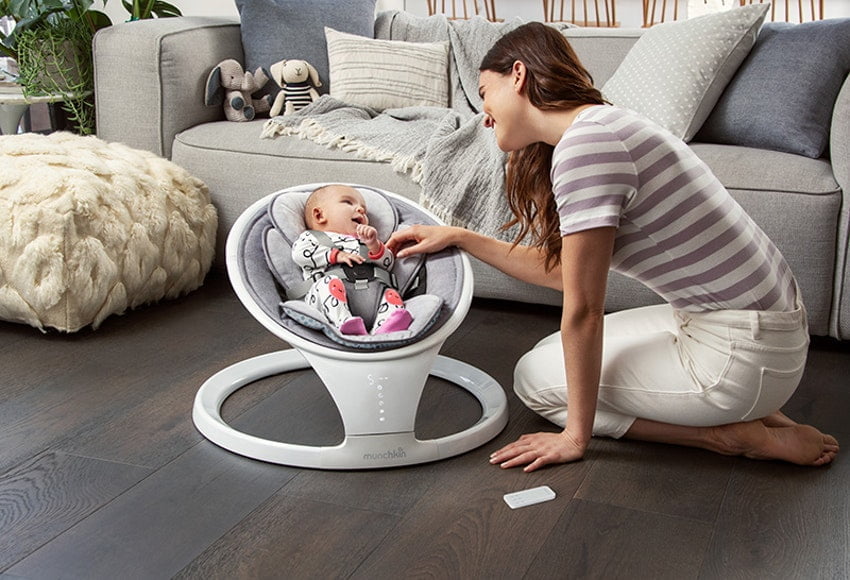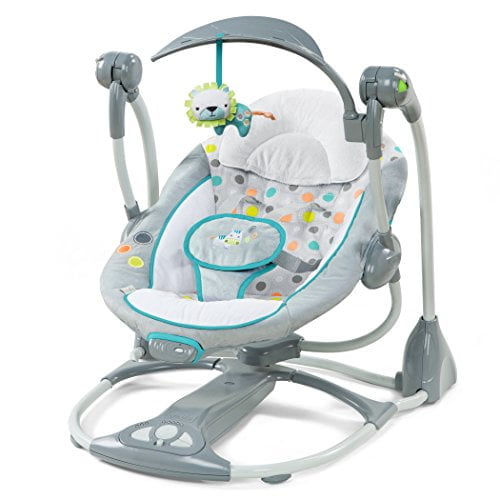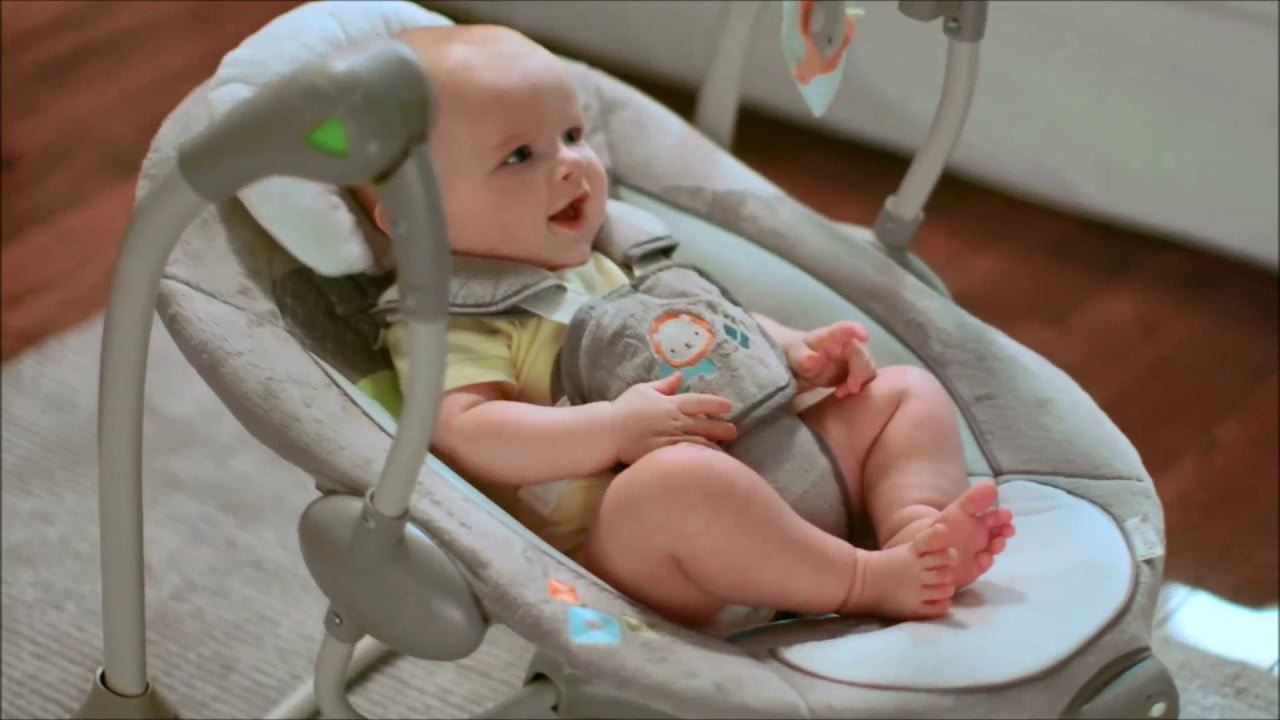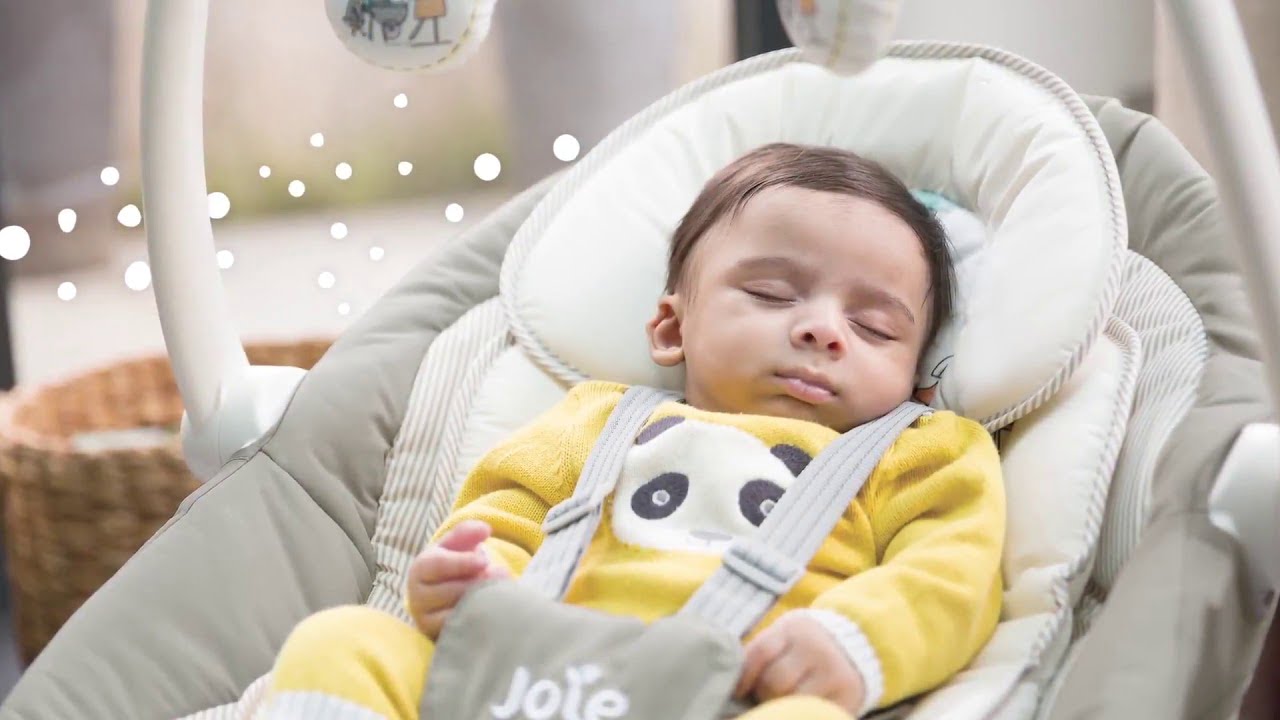
What is a Baby Swing?
Are you a new parent or expecting a little one soon? If so, you’ve likely heard about baby swings and might be wondering what all the fuss is about. Well, you’re in for a treat! Baby swings have become a must-have item for many UK parents, and for good reason. These clever contraptions can be absolute lifesavers when it comes to soothing your little one and giving you a much-needed breather.
Imagine having a safe, cosy spot where your baby can relax, be entertained, and even drift off to sleep – all while you catch up on that cup of tea or fold that ever-growing pile of laundry. Sounds brilliant, doesn’t it? That’s exactly what a baby swing offers.
In this article, we’ll dive into the world of baby swings, exploring what they are, how they work, and why they’ve become such a popular choice for parents across the UK. Whether you’re a first-time parent or looking to expand your baby gear collection, understanding baby swings can be a game-changer in your parenting journey.
So, let’s get swinging and discover how these nifty devices can bring a touch of magic to your daily routine!
What Exactly is a Baby Swing?
A baby swing is a motorised seat designed to gently rock your little one back and forth or side to side. Think of it as a cosy, moving cradle that doesn’t require your constant attention to keep it in motion. These swings come in various shapes and sizes, but they all share the common goal of providing a soothing, rhythmic movement that babies often find comforting.
Key Components of a Baby Swing
- The Seat: This is where your baby sits or reclines. It’s usually padded for comfort and may have adjustable positions to suit your baby’s age and preferences.
- The Frame: This sturdy structure supports the seat and houses the swing’s mechanism.
- The Motor: Hidden within the frame, this powers the swinging motion.
- Control Panel: Most swings feature buttons or a small screen to adjust speed, motion patterns, and other settings.
- Harness: A secure strap system keeps your baby safely in place during use.
- Mobile or Toy Bar: Many swings include overhead toys to keep your baby entertained.
- Music or Sound Features: Some models offer built-in lullabies or nature sounds.

How Does a Baby Swing Work?
Baby swings use a motor to create a gentle, repetitive motion. When you switch on the swing, the motor activates, moving the seat in a consistent pattern. Most swings offer multiple speed settings, allowing you to find the perfect rhythm for your little one.
The swing’s motion mimics the movements your baby experienced in the womb or the rocking motion they feel when you hold them. This familiar sensation can help soothe and calm your baby, making swings particularly useful during fussy periods or when you need to put your baby down for a short while.
How is a Baby Swing Different from Other Baby Products?
While baby swings might seem similar to other infant seats or rockers, they have some unique features that set them apart:
- Automated Motion: Unlike traditional rockers or bouncy seats, baby swings move on their own, freeing up your hands for other tasks.
- Variety of Movements: Many swings offer different motion patterns, such as side-to-side or front-to-back swinging, giving you options to find what your baby prefers.
- Extended Use: Baby swings are designed for longer periods of use compared to bouncers or stationary seats, making them ideal for naps or when you need to keep your baby occupied for a while.
- Additional Features: Most swings come with extras like music, nature sounds, and toy bars, providing a more comprehensive entertainment system for your little one.
The Purpose and Role of Baby Swings in Parenting
Baby swings serve multiple purposes in the parenting journey:
- Soothing and Calming: The gentle, rhythmic motion can help settle fussy babies, especially those who like constant movement.
- Sleep Aid: Many parents find that the swing’s motion helps their babies fall asleep more easily, particularly for daytime naps.
- Hands-Free Moments: Swings provide a safe place for your baby when you need to attend to other tasks, like preparing a meal or tending to other children.
- Entertainment: With built-in toys and sounds, swings can keep your baby engaged and stimulated.
- Comfort: The cosy, enclosed feeling of a swing can make babies feel secure, similar to being held.
- Routine Building: Incorporating swing time into your daily routine can help establish consistent patterns for play, rest, and sleep.
Safety Considerations and Age-Appropriate Usage
While baby swings can be wonderful tools, it’s crucial to use them safely:
- Age and Weight Limits: Always follow the manufacturer’s guidelines. Most swings are suitable from birth up to about 6-9 months, or until your baby can sit up unassisted.
- Supervision: Never leave your baby unattended in the swing, even if they’re asleep.
- Harness Use: Always secure your baby with the provided harness to prevent falls.
- Time Limits: Avoid leaving your baby in the swing for extended periods. The NHS recommends limiting time in baby equipment that restricts movement.
- Flat Head Syndrome: To prevent flat spots on your baby’s head, limit swing time and alternate your baby’s head position.
- Transitioning to Sleep: While it’s okay for babies to nap in the swing occasionally, it’s best to move them to a flat, firm surface like a cot for proper sleep.
Enhancing the Parenting Experience with Baby Swings
Baby swings can significantly contribute to a positive parenting experience:
- Stress Reduction: Having a reliable way to soothe your baby can reduce stress and anxiety, especially for new parents.
- Bonding Opportunities: Use swing time for interactive play, singing, or reading to your baby.
- Self-Care: The hands-free nature of swings allows parents to take short breaks, eat a meal, or simply relax for a few moments.
- Confidence Building: Successfully soothing your baby with a swing can boost your confidence in your parenting abilities.
- Adaptability: Swings can be particularly helpful during challenging times, such as when your baby is teething or going through a growth spurt.
Remember, every baby is unique, and what works for one might not work for another. It’s all about finding what suits your family best and using the swing as a tool to complement your parenting style, not replace your nurturing touch.
Conclusion
Baby swings can be a wonderful addition to your parenting toolkit, offering a safe, soothing environment for your little one while providing you with some much-needed support. Understanding what a baby swing is and how it can enhance your parenting journey is the first step in deciding if it’s right for your family.
As you continue to explore the world of baby gear, remember that swings are just one of many tools available to help you navigate the exciting (and sometimes challenging) world of parenting. Each product has its own unique benefits and considerations.
Ready to learn more about how you can make the most of a baby swing? Head over to our main index page for a wealth of information on related topics. And don’t miss our next article, “Uses of Baby Swings,” where we’ll dive deeper into the practical applications of these fantastic devices in your daily life.






